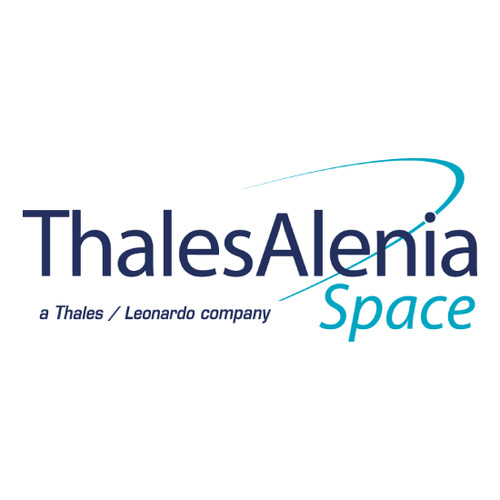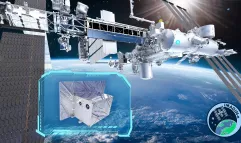The Space Rider program, the European Space Agency’s reusable spaceplane, has made another significant advance with the recent closed-loop drop test campaign, conducted in June 2025 at the Italian Ministry of Defense’s Salto di Quirra test range (PISQ) in Sardinia.

Space Rider © ESA
Following last year’s successful tests, the program recently made a major step forward in descent and landing technology, focusing on the spaceplane’s autonomous guidance navigation and control capability for the descent and landing phase. This test is part of the ongoing development of the mission, which will test all aspects of Space Rider’s functionality, from flight to landing.
The drop test campaign was conducted by Thales Alenia Space as prime contractor for Space Rider, with responsibility for the re-entry vehicle, fully supported by industry partners Sener CIMSA, TESEO and Meteomatics. The program also benefits from decisive contributions from the Italian Air Force and Army, responsible for ground logistics and flight operations.

Italian Defense’s Helicopter CH-47F carrying Space Rider mock-up to the selected drop point © ESA
The program team tested the Space Rider model’s autonomous navigation functionality — a critical aspect for future missions. In last year’s tests, the vehicle was manually controlled. This year, the test campaign aimed to verify the autonomous operation of the system. The test model was launched from an altitude of 2,500 meters (8,200 ft) above ground for a flight lasting approximately 12 minutes. After being released at a designated point, the vehicle flew autonomously toward the target and landed safely with a high degree of precision.
The Space Rider low-fidelity model descended with a controlled vertical speed of 4 m/s and landed at 2 m/s, aided by the parafoil system. This system automatically guided the vehicle to the designated landing site, with all flight phases and operating modes tested during the flight, including waypoint acquisition and energy management. It concluded with a flare maneuver for landing. Different wind conditions were experienced, from near-zero windspeed to around 12 m/s, with excellent stability achieved in all conditions.

Space Rider’s low fidelity mock-up safely landed on target © ESA
The results of these tests are highly satisfactory, with distance from target kept within the expected limits and no significant issues observed, marking a major success for the program. This milestone is crucial for validating parafoil guidance navigation and control, from parafoil deployment to landing. The team is now ready to move to the next phase in late 2025: the system drop test. This will test the entire system in real-world conditions, with all components integrated into a mockup replicating the actual shape and size of the module, with real landing gear.
All this work is being conducted in Italy, thanks to highly effective synergy between industry and the country’s military, which has made its assets and the Salto di Quirra (PISQ) test range available for the trials.
Use of the PISQ facility has been vital for conducting the tests, bringing the program closer to the build phase of the final flight model.
Space Rider is an uncrewed robotic laboratory about the size of two minivans. After launch, it will stay in orbit for about two months. The spaceplane has two parts: an orbital module, supplying everything needed to fly around our planet, and a reentry module, which will bring Space Rider and its onboard science experiments back to Earth.
The Space Rider vehicle is now a step closer to completing the testing phase. Validation of its autonomous navigation capability and landing system is a pivotal technological advance for the mission. The upcoming system drop test will complete the drop test campaigns and the parafoil GNC development, paving the way to the Space Rider inaugural launch.
This final stage will also be conducted with the support of the Italian Ministry of Defense, making use of its new landing facility at the PISQ site on the eastern coast of Sardinia, known as White Base. Specifically created to host this kind of test campaign, the site is ideally suited to suborbital reentry flights and missions within Earth’s atmosphere, such as those planned with the Space Rider experimental program.


